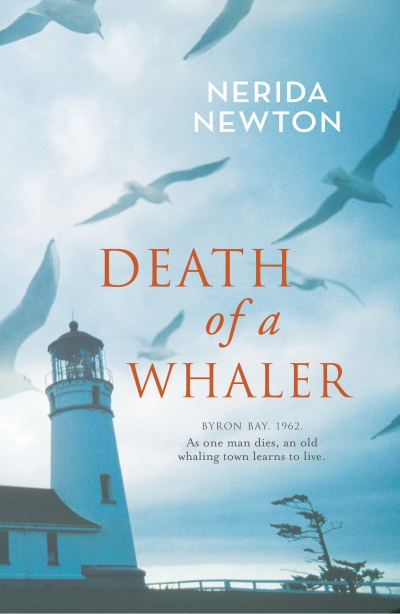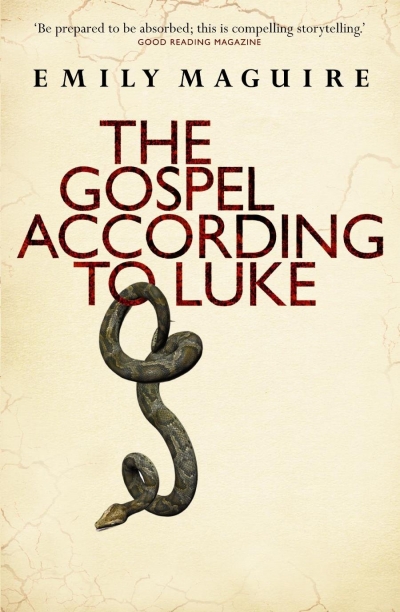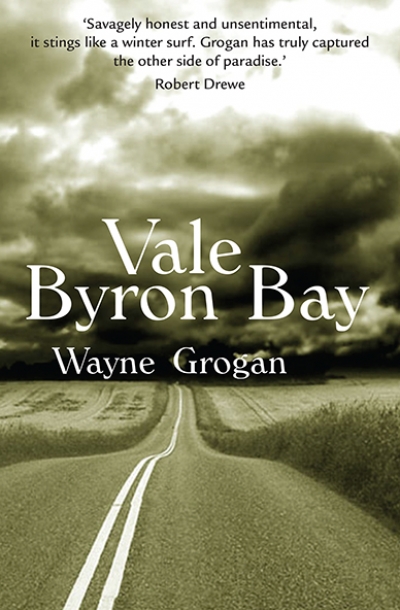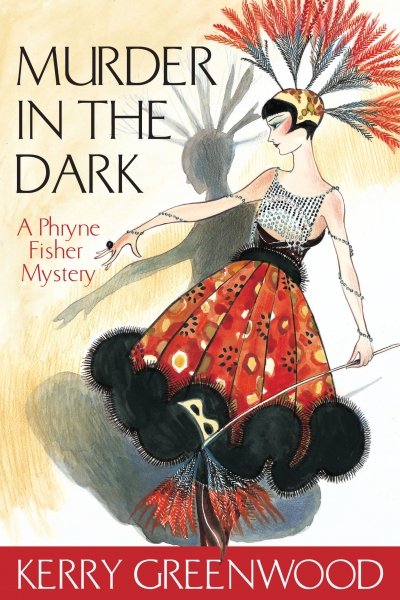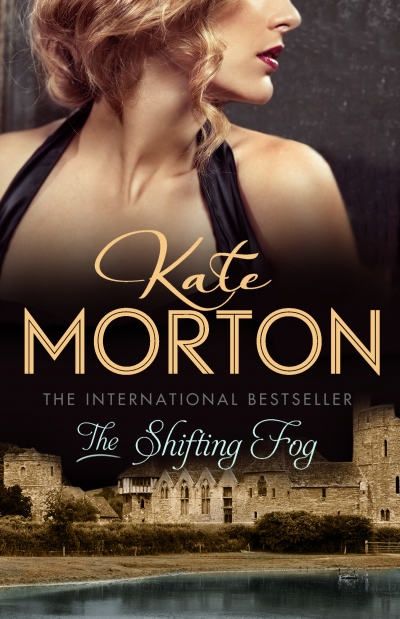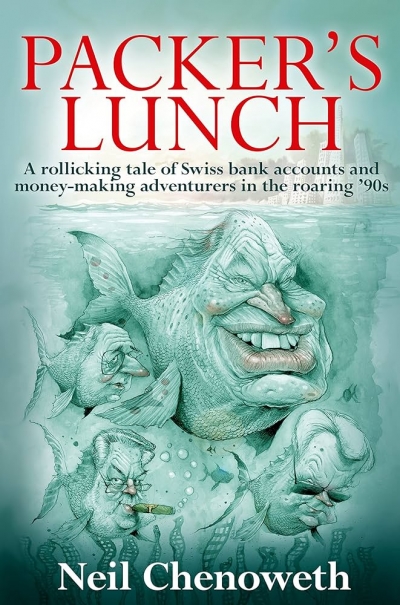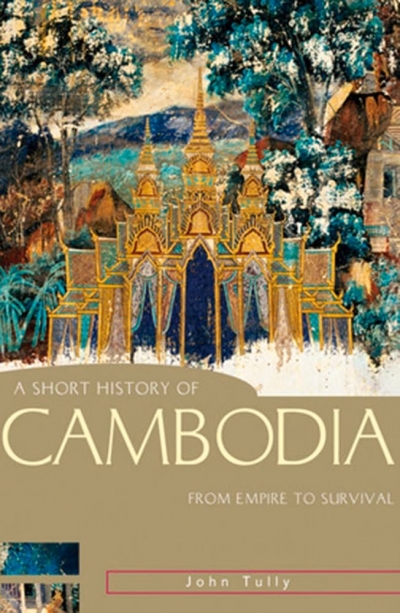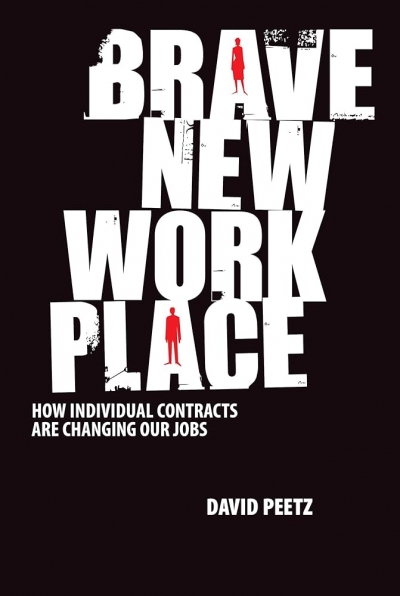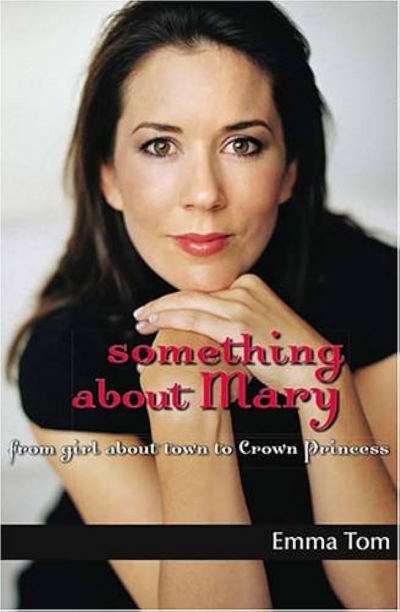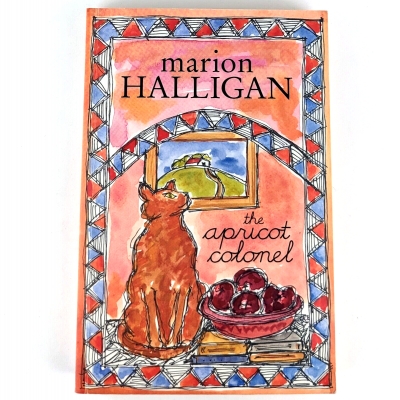Allen & Unwin
The Gospel According To Luke by Emily Maguire & Rosie Little’s Cautionary Tales For Girls by Danielle Wood
by Louise Swinn •
Vale Byron Bay by Wayne Grogan & Tuvalu by Andrew O’Connor
by Owen Richardson •
Packer’s Lunch: A rollicking tale of Swiss bank accounts and money-making adventures in the roaring 90s by Neil Chenoweth
by Peter Haig •
A Short History of Cambodia: From empire to survival by John Tully
by Patrick Allington •
Brave New Workplace: How individual contracts are changing our jobs by David Peetz
by Peter Gahan •
Something About Mary by Emma Tom & Mary, Crown Princess of Denmark by Karin Palshøj and Gitte Redder (translated by Zanne Jappe Mallett)
by Simon Caterson •

